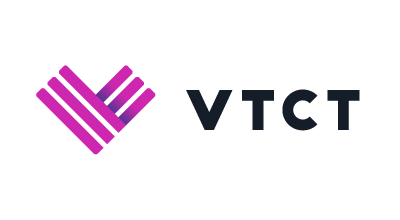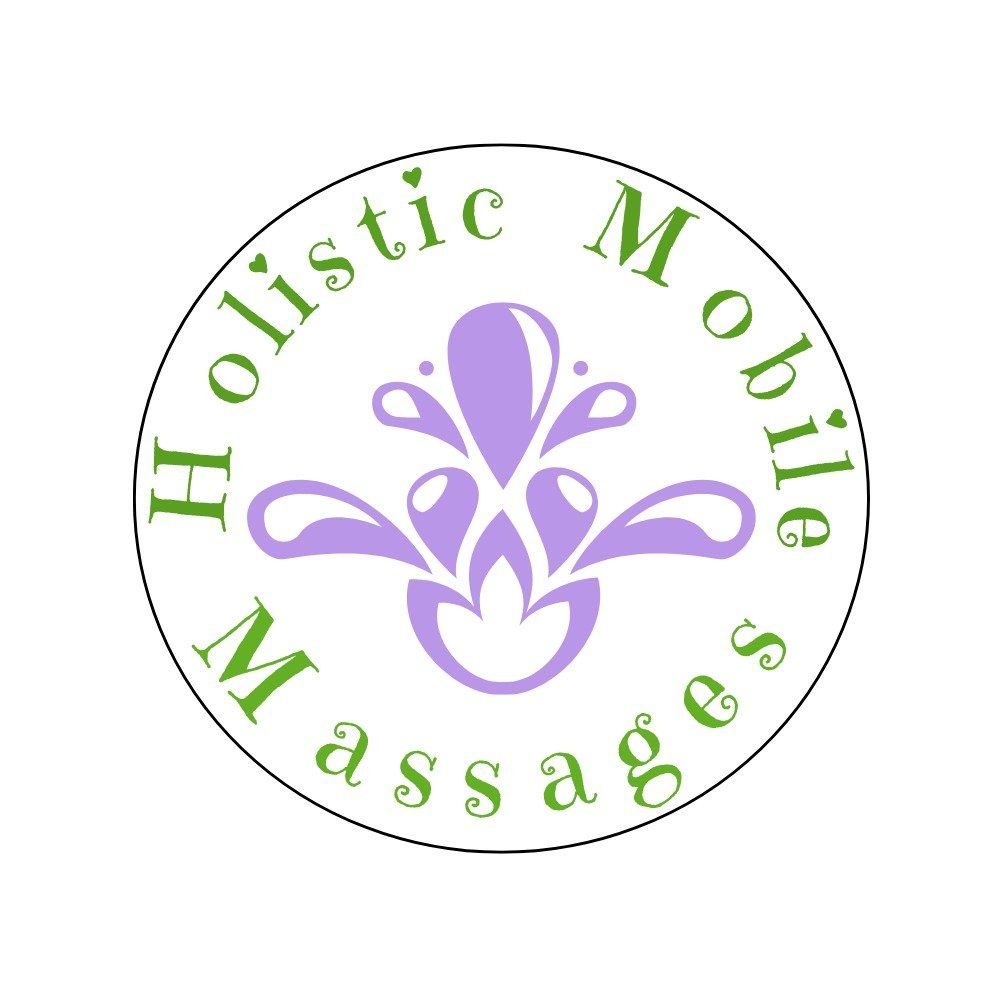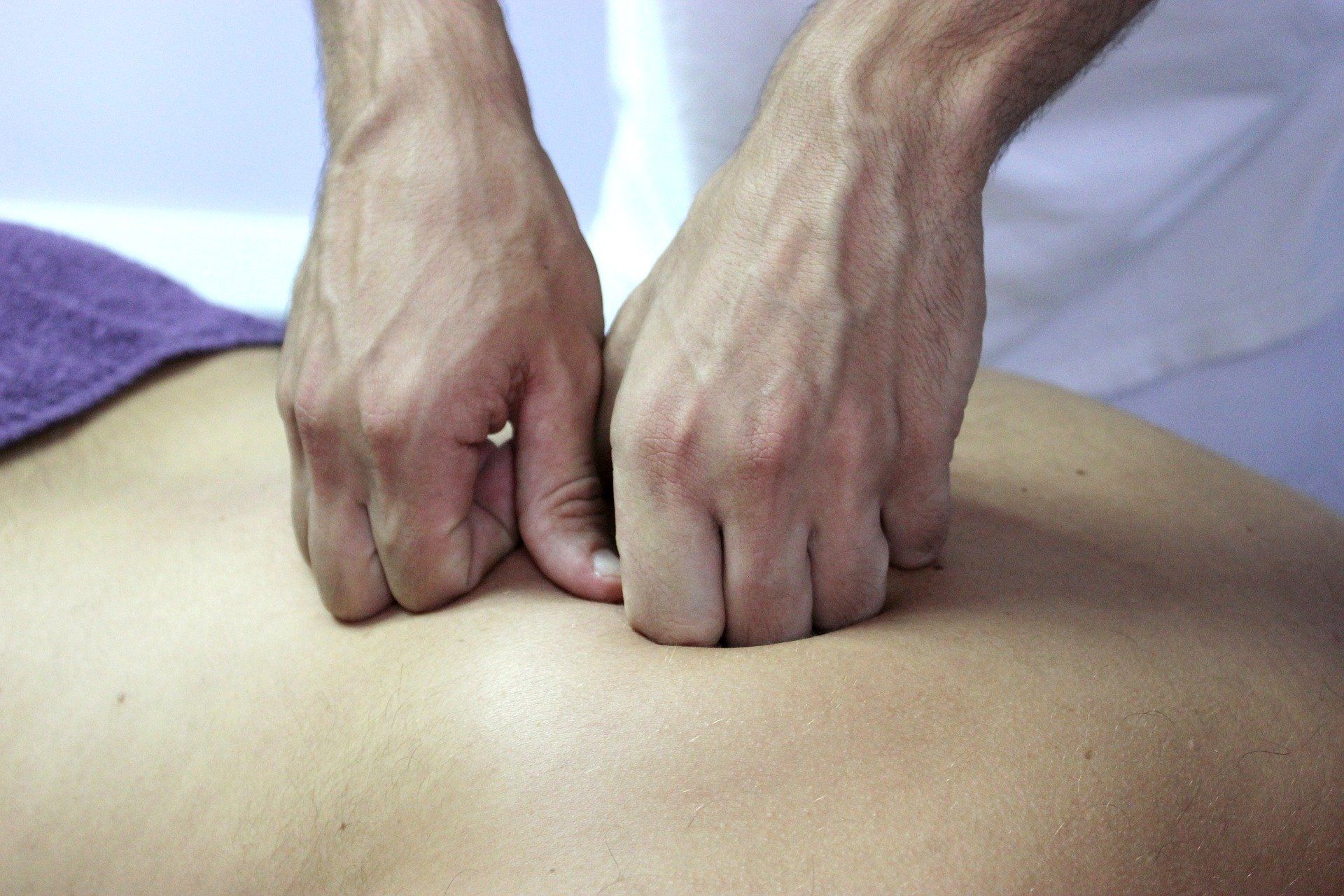"Discover Restoration Through Deep Tissue Massage
Embark on a journey of relaxation and rejuvenation with my Deep Tissue Massage therapy. Patients often describe a sense of tranquility and renewal that lingers long after each session.
My training encompasses psychological techniques, enabling me to customize your experience according to your unique aspirations and requirements. This personalized approach ensures that your session is not only therapeutic but also aligned with your individual goals.
Witness the transformative power of just a few treatments. Experience firsthand how these sessions can have a profound impact on your overall well-being. I take immense joy in guiding my patients towards improved health, demonstrating the remarkable changes that can stem from this therapeutic journey."
Benefits of Deep Tissue Massage
See some common questions and answers below
"Discover Restoration Through Deep Tissue Massage
Delve into the world of holistic healing with Trigger Point Therapy, a specialized branch of Remedial Massage Therapy. This technique involves the targeted application of pressure on specific points in tender muscle tissue. The result? A profound reduction in muscle tension and the alleviation of discomfort.
Every muscle holds the potential for trigger points, which can be activated by various factors such as muscle overuse, inflammation, trauma, electrolyte imbalances, infections, and nerve-related pain. These trigger points can manifest as pain directly over the affected muscle or can radiate, causing discomfort in other areas of the body.
My expertise as a therapist allows me to skillfully identify and address these trigger points. Through precise manipulation, I can provide relief where it's needed most. Some trigger points may only reveal themselves upon direct palpation by the therapist, unveiling hidden sources of tension.
Embark on a journey to ease and well-being with Trigger Point Therapy, and unlock the potential for renewed comfort and vitality."
"Elevate Performance with Sports Massage
Sports massage transcends the realm of mere relaxation, offering a myriad of benefits that extend far beyond athletes. Its potential advantages encompass enhanced fitness endurance, improved performance, increased flexibility, quicker recovery times, and even injury prevention.
A quintessential aspect of sports massage lies in its capacity to delve deep into muscle layers, fostering heightened blood circulation. This technique, often associated with deep tissue massage, holds the key to unlocking a wealth of advantages.
Optimal timing is pivotal. Whether administered before or after an event, sports massage serves as a strategic tool for restoration and rehabilitation. By carefully nurturing your body's musculature, it supports your journey towards peak physical form.
Discover the transformative potential of sports massage—a holistic experience that nurtures both body and spirit, setting the stage for enhanced well-being and performance."



